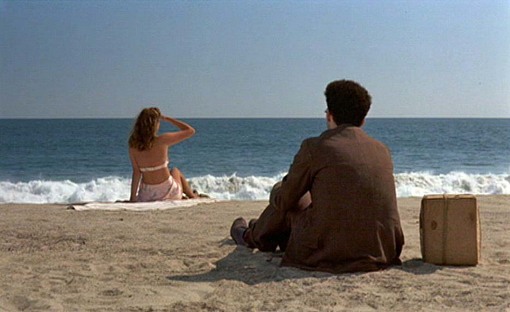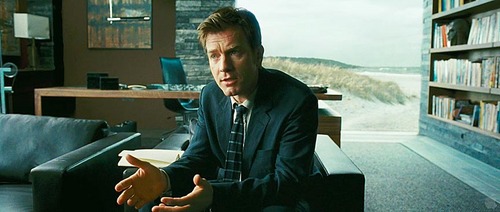Do the Contrarian (Part I)
The Pale Man knows how to do The Contrarian. He sits motionless until an external stimulus prompts him into motion.
There’s a brand new dance
That’s easy to do
It’s called the Contrarian
And it’s all about you!
Strike a hipster pose
And admire your reflection
Just be sure you’re facing
In an opposite direction!
(apologies to Rufus Thomas)
Is Armond White too easy a target? Does any other movie critic have a blog devoted to “parsing the confounding film criticism” he produces? (See the hilariously titled Armond Dangerous.)
At the risk of sounding contrarian, I want to suggest that White (published on the web via the weekly New York Press) is by no means the worst movie reviewer in the United States. He just pretends to be the baddest.
The all-too-common White review is a reactionary tirade that owes a lot to the angry shtick of aging hipster comedians like Dennis Leary and Dennis Miller back in the 1990s (“hipster” being White’s favorite term of disapprobation). White can also be funny, but I wish he thought so, too — and that his humor arose from his observations about movies rather than his hysterical indignation.
In this sense, White doesn’t necessarily practice film criticism, although what he writes is almost always based on his real or imagined characterization of what other critics have already written. The movie itself sometimes gets lost in White’s internal monologue as he rages against some chimerical critical consensus.
In the Bizarro World, Armond White is Jeffrey Lyons. He’s the negative campaigner’s blurbmeister. Just substitute disses for superlatives and you’ll find a similar (anti-)promotional blurb mentality at work. This is the most elementary form of so-called “criticism” — purely heirarchical rather than analytical or exploratory. It’s not even “This is why I prefer this to that”; it’s just “This is better than that because I choose to say so.”




